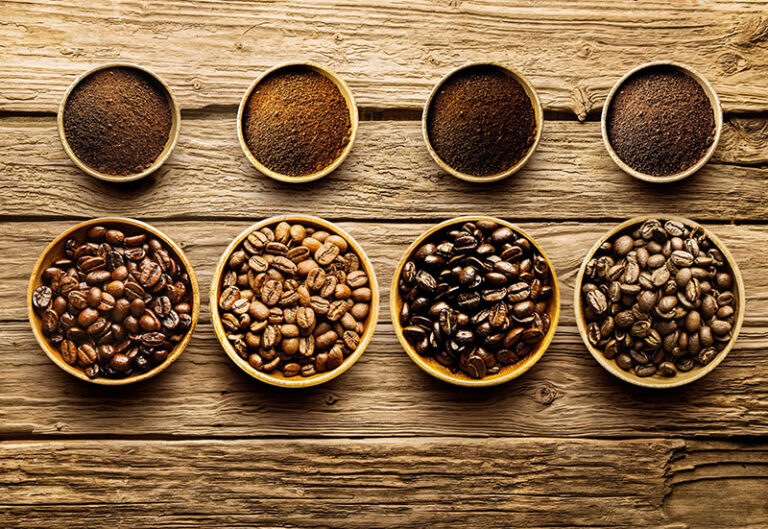Have you ever enjoyed a cup of coffee with an enticing aroma and complex flavor, then wondered how those greenish, raw coffee beans can transform into such a delicious beverage? The answer lies in a crucial process called coffee roasting.
Essentially, coffee roasting is the process of roasting raw coffee beans (green beans) at high temperatures. This isn’t just heating; it’s an art and science that alters the physical and chemical composition of the coffee beans. During this process, the coffee beans undergo a series of dramatic changes: from a blackish-brown color to an increase in size to a crisper texture. But most importantly, roasting is the stage where all the hidden flavor and aroma potential within the coffee beans begins to develop and unfold.
So, what are the main functions of the coffee roasting process?
- Developing Flavor and Aroma
This is the most vital function. Raw coffee beans have a bland taste and a grassy aroma. Through roasting, heat triggers complex chemical reactions (such as the Maillard reaction and caramelization) that create thousands of aroma and flavor compounds. From fruity notes to floral notes, chocolate notes, nuts notes, and even spices, all come to life thanks to proper roasting. - Reducing Water Content
Raw coffee beans have a relatively high water content. The roasting process reduces this water content, making the beans lighter and crisper, while also preparing them for the grinding and brewing process. - Preparing the Beans for Grinding and Brewing
After roasting, coffee beans become brittle enough to grind. A uniform grind is crucial for optimal flavor extraction during brewing. Without roasting, the beans will be too hard to grind properly. - Bringing Out the Unique Characteristics of Coffee Beans
Each coffee bean from a different origin has its own genetic characteristics. Skilled roasters will use different roasting profiles to highlight these unique characteristics, whether it’s bright acidity, rich body, or natural sweetness.
There are three general levels of coffee roasting: light, medium, and dark roast. Dark roast beans are the darkest in color and typically oily, while light roast beans are light yellowish brown and the lightest.
The purpose of the roasting process is to bring out the true flavors of the coffee beans, enhancing their flavor. The higher the temperature and the longer the roasting time, the more charred the beans. The more charred the beans, the stronger the roast’s original character and distinctive aroma.
There is no single formula or optimal roasting level; it all depends on the type and quality of the coffee beans. Different types have different ideal temperatures and roasting levels. Likewise, the roasting level must be adjusted to reflect the quality of the green beans.
Roasting is not just a stage in coffee production; it is the heart of the entire coffee drinking experience. Without careful and knowledgeable roasting, coffee beans are just ordinary raw beans. The roaster is the artist who “sculpts” the flavors and aromas, ensuring that every cup of coffee you enjoy is the best representation of the beans’ potential.
Now, you know what coffee roasting is and the importance of this process. If you’re curious and want to try it at home, there are now small-scale coffee roasters that can be operated either manually or automatically.
If you’re still curious about the taste of unroasted coffee, try green coffee drinks. This drink is a typical Tulungagung dish and is often consumed for weight loss. Despite its beneficial properties, this green bean-based drink is quite bitter due to its high caffeine content.





